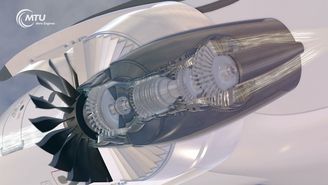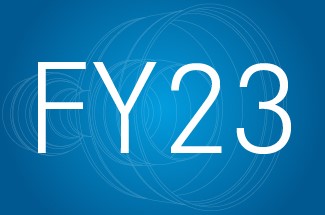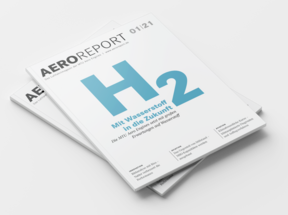Based on the gas turbine, the water-enhanced turbofan (WET) is a propulsion concept that takes full advantage of MTU’s know-how.
Utilizing residual heat from its exhaust gas, the WET technology uses a heat exchanger to vaporize water, which is then injected into the combustor. This kind of “wet” combustion slashes nitrogen oxide emissions. The water for this purpose is extracted from the exhaust gas by means of a condenser and then separated. Fuel consumption, CO2 emissions and contrail formation also decrease.
The WET concept is based on the geared turbofan, can run on kerosene, sustainable aviation fuels (SAF) or hydrogen, and is suitable for use on short-, medium- and long-haul routes. As a result, it covers the factors that are responsible for virtually the entire climate impact of aviation. In reducing that impact by around 80 percent, the concept approaches climate neutrality. In addition, its enhanced efficiency cuts costs and saves valuable resources.






